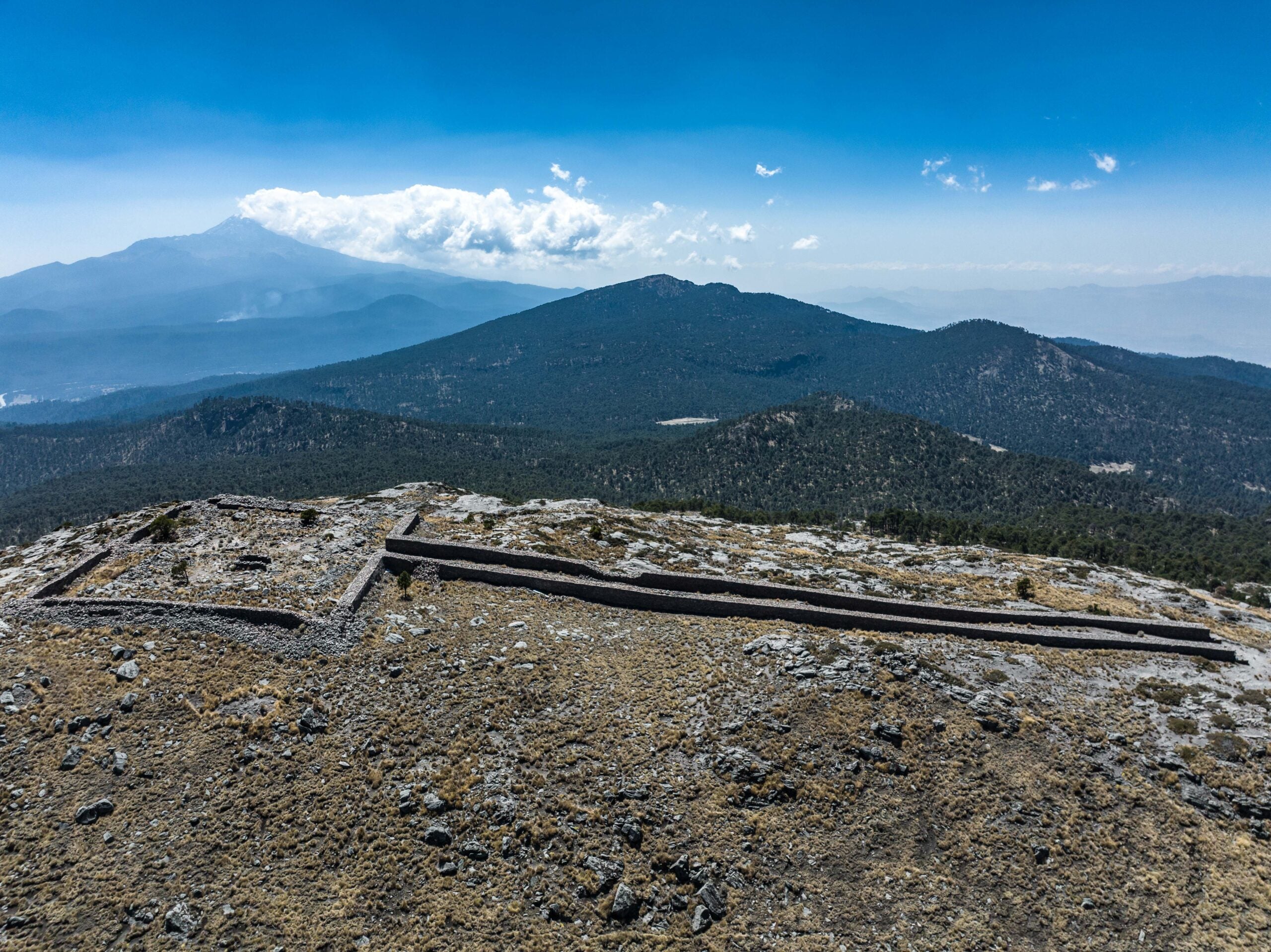If you are an avocado toast or guacamole enthusiast, there’s a good chance to tasty green goodness you’re eating was grown in Mexico. In 2019, the United States imported $28 billion worth of agricultural products from Mexico, with fresh fruit and vegetables leading the pack.
It turns out that Mexican agricultural dominance goes back centuries, long before Spanish colonization began in 1519. Before the arrival of the Spanish, the agricultural system in the Basin of Mexico, a 3,700 square mile highlands plateau in central Mexico, fed a huge population for the time. Mexico City (called Tenochtitlan) was home to as many as 3 million people, compared with 50,000 in Seville, Spain’s largest urban center.
A study published today in the journal Proceedings of the National Academy of Sciences (PNAS) details how the Mexica, or Aztecs, were able to achieve such an accurate agricultural calendar.
[Related: Scientists still are figuring out how to age the ancient footprints in White Sands National Park.]
An accurate calendar was crucial to growing the food that fed so many people in a region with a dry spring and summer monsoons. Farmers needed advanced understanding of when these seasonal variations in the weather would arrive, since planting crops too early or too late could have been disastrous. They also needed a calendar that could adjust to leap year.
Colonial chroniclers documented the use of a calendar, but this new research shows that the Mexica used the mountains of the Basin as a solar observatory, and kept track of the sunrise against the peaks of the Sierra Nevada mountains.
“We concluded they must have stood at a single spot, looking eastwards from one day to another, to tell the time of year by watching the rising sun,” Exequiel Ezcurra, the study’s lead author and an ecology professor from the University of California, Riverside, said in a statement.
To find the spot, the team analyzed Mexica manuscripts, particularly the ones that referred to Mount Tlaloc. The mountain at the east of the Basin had a temple at its summit. Using astronomical computer models, the team confirmed that a long causeway-like structure at the temple aligns with the rising sun on February 24. Depending upon which calendar (Gregorian or Julian) is used as a comparision, February 23 or 24 is the first day of the Aztec new year.
“Our hypothesis is that they used the whole Valley of Mexico. Their working instrument was the Basin itself. When the sun rose at a landmark point behind the Sierras, they knew it was time to start planting,” added Ezcurra.
When viewed from a fixed point on Earth, the sun doesn’t follow the same trajectory every day. During the winter, the sun runs south of the celestial equator and rises toward the southeast. As the longer days of summer approach, the sunrise moves northeast due to the Earth’s tilt. This process is called solar declination.

This study is potentially the first to demonstrate how the Mexica were able to keep time using this principle with the sun, and the mountains as guiding landmarks. Learning about these Aztec methods offers a lesson about the importance of using a variety of techniques to solve questions about the natural world.
[Related: Severe droughts are bringing archaeological wonders and historic horrors to the surface.]
“The Aztecs were just as good or better as the Europeans at keeping time, using their own methods,” said Ezcurra.
The observatory could also have a modern function today. Historical images show that the forest is slowly climbing up Mount Tlaloc, possibly due to an increase in average temperatures at lower elevation.
“In the 1940s the tree line was way below the summit. Now there are trees growing in the summit itself,” Ezcurra said. “What was an observatory for the ancients could also be an observatory for the 21st century, to understand global climate changes.”





More Stories
How to Join Nissan CVT Lawsuit Fast
Latest Nissan CVT Settlement Update
The Future of Electric Cars: What to Expect by 2030